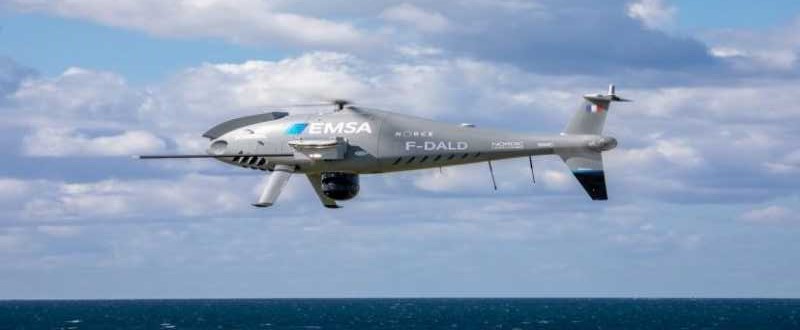- Marks critical program development milestone for next-generation combat training
- Brings significant advancements in training capabilities to the US Navy and US Air Force
The U.S. Navy completed the successful first flight of the TCTS Inc. II Air Combat Training program on an operational F/A-18E/F Hornet. Developed and built by Collins Aerospace Systems and teammate Leonardo DRS, TCTS Inc. II is a scalable and flexible open architecture system that enables highly secure air combat between Department of the Navy and Air Force aircraft, both 4th and 5th generation platforms. It is also designed to encompass multiple functions that make more efficient use of size, weight, and power while bringing new operational capabilities to the given platform.
 Designed to allow pilots to ‘train as they fight,’ TCTS II securely connects the aircraft to the training space (other aircraft, ground, sensors, and threats) for a realistic training experience. This capability significantly improves training realism in simulated, highly contested combat environments. TCTS II also features Synthetic Inject to Live (SITL) capabilities which connects the live aircraft with synthetic sensors and threats to training in a more realistic environment. TCTS II also collects relevant data to rapidly develop new tactics, techniques, and procedures within a matter of weeks instead of months or years. With the ability to host operational capabilities, it can help connect the battlespace with the ability to run training and tactical waveforms.
Designed to allow pilots to ‘train as they fight,’ TCTS II securely connects the aircraft to the training space (other aircraft, ground, sensors, and threats) for a realistic training experience. This capability significantly improves training realism in simulated, highly contested combat environments. TCTS II also features Synthetic Inject to Live (SITL) capabilities which connects the live aircraft with synthetic sensors and threats to training in a more realistic environment. TCTS II also collects relevant data to rapidly develop new tactics, techniques, and procedures within a matter of weeks instead of months or years. With the ability to host operational capabilities, it can help connect the battlespace with the ability to run training and tactical waveforms.
“TCTS Inc. II is a massive leap in technology and training realism, and the first flight we witnessed at Pax River brings this program to life,” said Heather Robertson, vice president, and general manager, Integrated Solutions for Collins Aerospace. “US Navy and US Air Force pilots will be able to train as they’ve never been able to train before with secure cross-service air combat training and joint Live, Virtual, and Constructive-enabled capabilities. When it comes to redefining the future of training, this program certainly delivers, and I can’t wait to see its full potential realized.”
This flight, which is part of the developmental test phase, helps pave the way for the production decision – Milestone C — for the program, anticipated in 2021.






